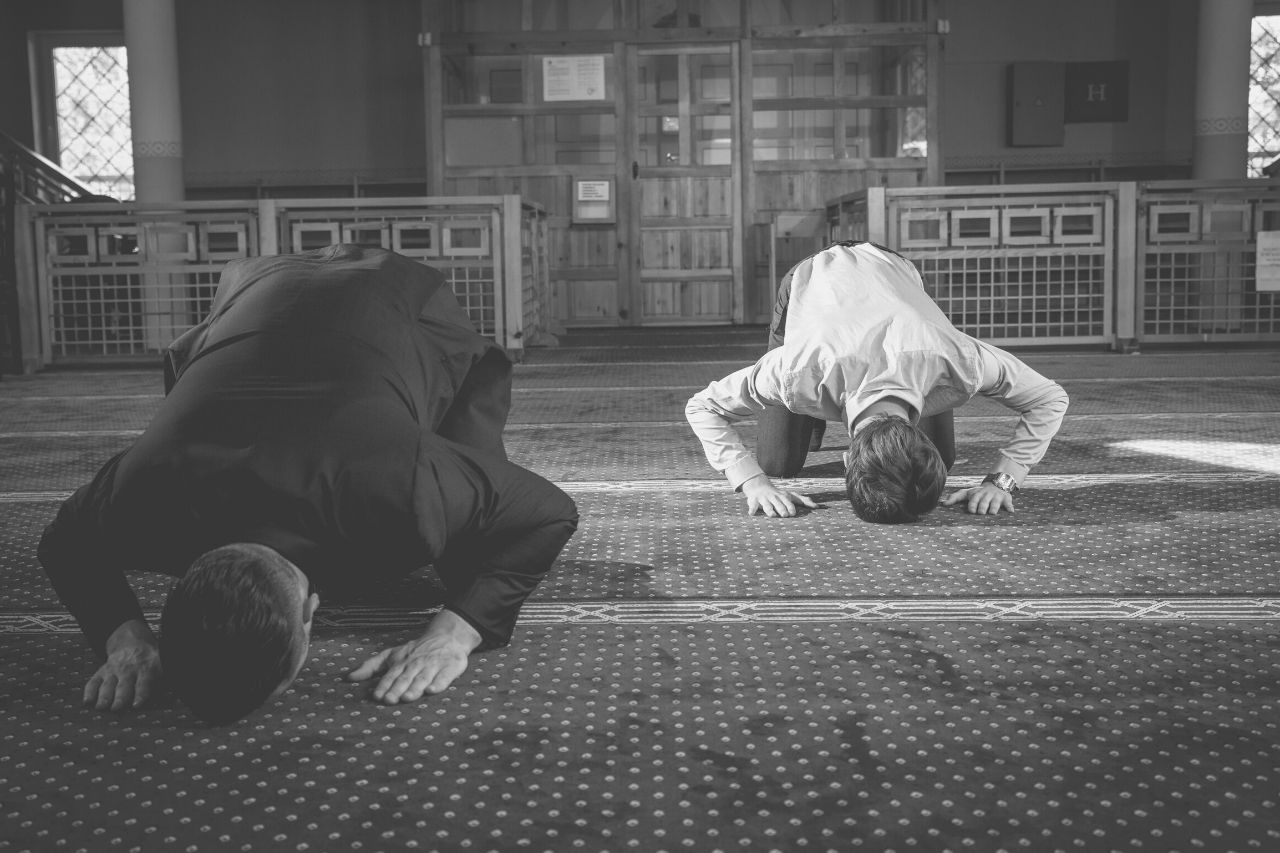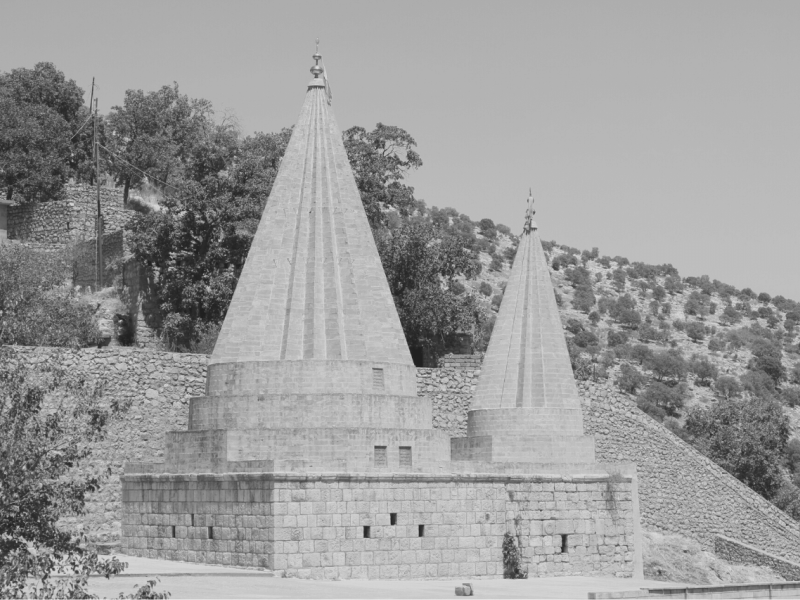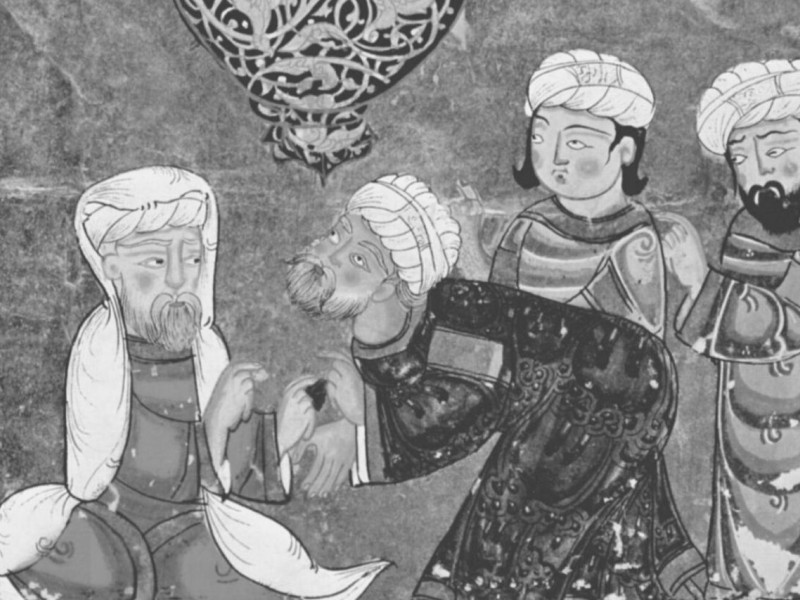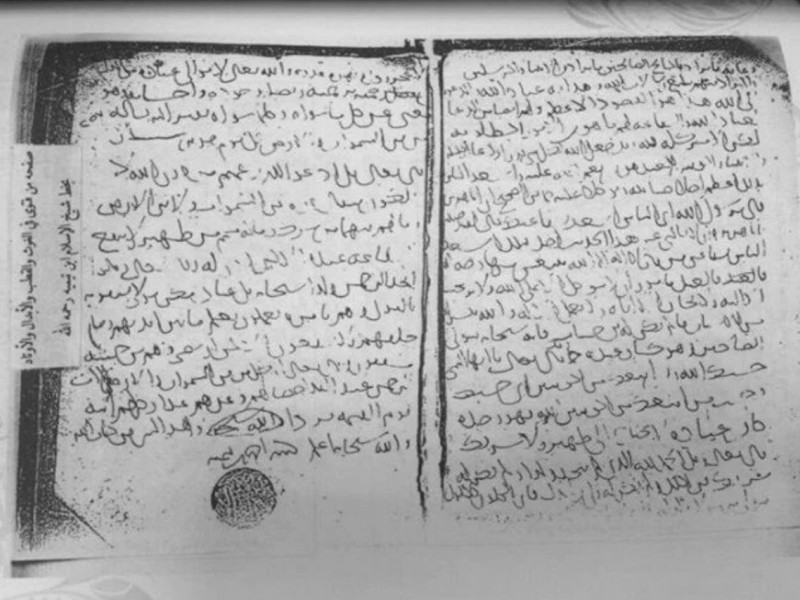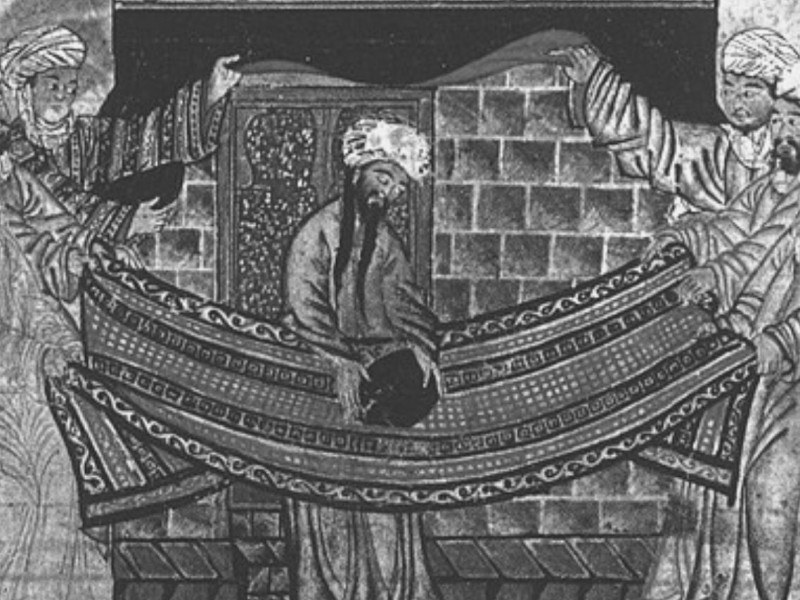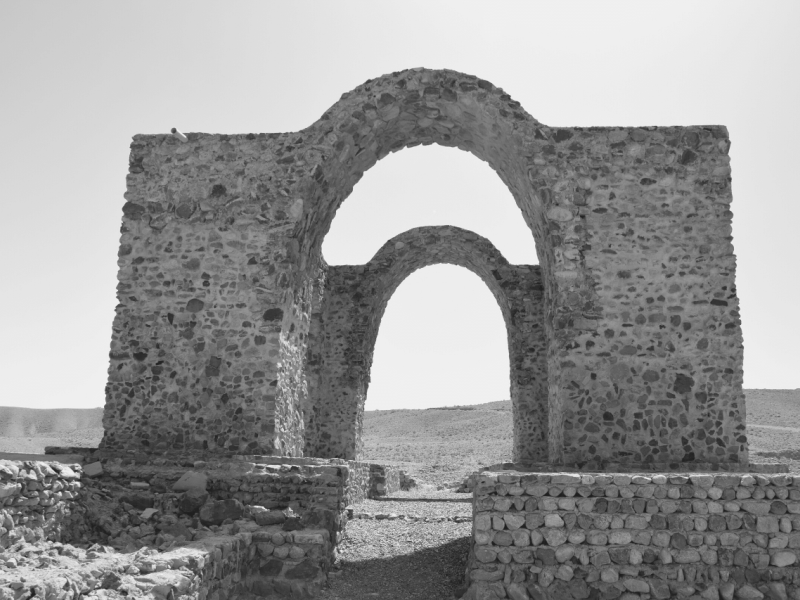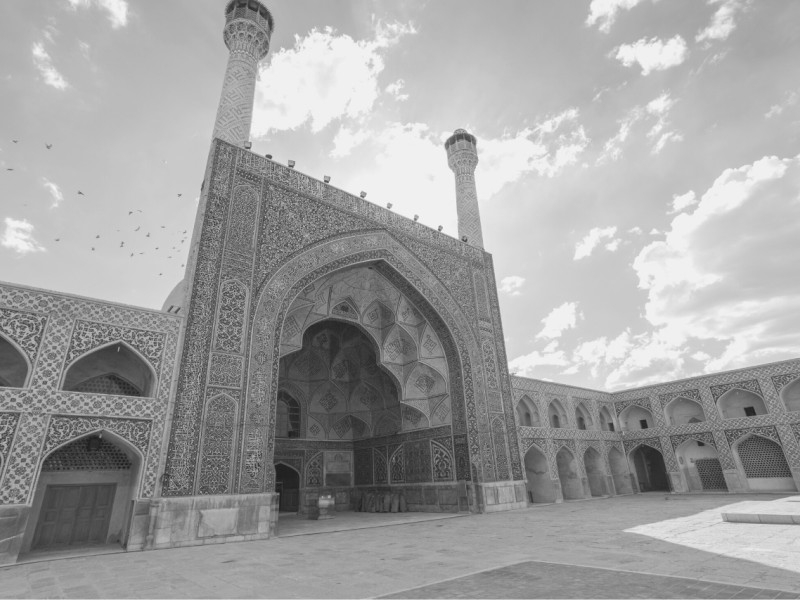Zaidi: A Look Into Its Meaning & Origins
Zaidi is a sect commonly found in Yemen. They have a unique set of beliefs that makes them the closest Shiite sect to Sunnis in terms of theology.
Our historians took a deep dive into the meaning, history, and origins of this form of Muslim.
What is Zaidi?
Zaidi is a sect that is often considered the closest Shiite sect to Sunnis in terms of their beliefs. This sect spread through the Arabian Peninsula Najd sector, around the Caspian Sea and North Africa. Still, most of its followers are in Yemen. It is also known as Zaidiyyah, Zaidism, Zaydism, or Zaidi Shi’ism.
The sect’s name came from Zaid ibn Ali, the son of Imam Ali ibn al-Husayn Zayn al-‘Abidin. He was the great-grandson of the Islamic Prophet Muhammad. His brother Muhammad al-Baqir was the fifth Shiite Imam of the Imami or Twelvers.
During the Shiite Imam designation, when its role was still being defined, the followers of Zaidi asserted it must be declared they descended from the Prophet Muhammad. The followers of Imam Muḥammad al-Baqir contended that the transmission of religious knowledge happens through divine lineage. Zaidi followers believed Muhammad al-Baqir to be the fifth Imam.
While Muhammad al-Baqir had a higher pedigree than Zaid ibn Ali, the latter achieved a much higher religious learning level. As a result, a minority of Shiites accepted him as an Imam. The Zaidi sect had numerous Imams throughout its history. However, some outsiders call them Fivers because of Zaid being the fifth Imam.
Early in the 10th century, Zaidis became the predominant sect in Yemen, and Imams became the area’s spiritual rulers. After the Turks’ departure in 1917 until 1962, they were also the temporal rules of Yemen. Since the 1960s, Zaidis were mostly in seclusion until they gained notoriety for their social and political activities.
The Houthi movement of Ansar Allah, their revolutionary ideologies, and their loyal followers were the most influential Zaidi believers in Yemen's history. The suppression and marginalization of Zaidis in Yemen played a vital role in the 2010 Houthi rebellion and subsequent war. In the past, Zaidis also had dynasties in Tabaristan (an Iranian province) and Morocco.
The Zaidi sect is very receptive to jurisprudence and development, believing it to be a universal right rather than limited to a specific group. This stance also sets them apart from other Shiite sects. In Zaidi teachings, jurisprudence, through ijtihad (reasoning) and qiyas (analogy), is prioritized over obedience and mysticism.
Zaidis make up nearly half of the Yemeni people, while a small minority of followers are in southern Saudi Arabia. The Houthis are the most well-known Zaidi group due to their political activity.
What is Zaidism?
Zaidi followers practice Zaidism (sometimes spelled as Zaydism). Its doctrine is open to development and enrichment. Zaidism believes invitation and uprising are essential characteristics of an Imam. Followers of Zaidism tend to be puritanical in moral teachings and generally disapprove of Sufism. Unlike the other forms of Islam, Zaidism refers to both a legal school and a theologically distinct Islam branch.
Zaidism is receptive to development and jurisprudence, where they believe each member has a right. This belief is opposite to exclusive groups. It’s not closed off in its teachings, memories, and references. Zaidism also permits the existence of more than one Imam simultaneously in two different countries.
Zaidism does not view the Imam as a supernatural being who represents God on Earth. The only qualification is that he should be a descendant of Ali ibn Abi Talib (Prophet Muhammad’s cousin) or Fatima, absent of physical imperfections and exudes personal piety. The Imam must take up the sword, ruling out the legitimacy of infants and hidden Imams.
Followers of Zaidism don’t refuse to pray behind a Sunni Imam. They do not approve of marriage of pleasure, nor do they sanctify graves or shrines. Mahdi is not a sacred figure. They do not believe he is a descendant of Muhammad’s grandson Husayn ibn Ali, nor do they believe in the resurrection.
They share the Sunnis’ acts of worship and obligatory duties. They are unique because they add different passages to the call of prayer, and the Eid prayer in their doctrine is validated both collectively and individually.
Is Zaydi Islam?
Zaydi Islam or Zaidi Islam is a moderate branch of Shia Islam. They follow Zayd ibn’ Ali’s teachings, which are documented in his book Majmu’ al-Fiqh. Although unique, Zaidi and their fiqh (or deep understanding) are similar to the Hanafi school of Sunni Islam.
The Zaidi believes that Muslims should be ruled only by a descendant of Prophet Muhammad. Yemen was ruled by these descendants, called Imams, for more than 1,000 years until 1962.
Are Zaidi Shia or Sunni?
Followers of Zaidi Shia make up about 35% of Muslims in Yemen. The majority of Shia Muslims in that country belong to the Zaidi school of thought.
What are the Zaidi or Zaydi legal principles?
The Zaydi school shows its affiliation with the Sunni schools by allowing qiyas (analogical reasoning), albeit below ijma (infallible Muslim agreement). They are most closely aligned with the Shafi’i school in terms of legal principles.
What are the Different Sects of Zaidism?
Three different sects share similar views.
Jarudiyya or Sarhubiyya are the followers of Zaid ibn Ali. They were the first and original Zaidi sect and believed that the Prophets designated Iman Ali as his successor. They rejected the Imamate of Abu Bakr and ‘Umar and criticized most of the companions. They also believe that the Imams’ divinely inspired knowledge is similar to those of the Imamiyya branch of Shi’ism. Jarudis believe in the role of election in choosing the Imam.
Salihiyya or Batriyya are the followers of al-Hasan b. Salih b. These sects disagreed with Zayd over tawalli (to love Allah) and tabarri (to disassociate for those against Allah) issues made Zayd curse them, and so they were called Batriyya. This sect believes that an elite council must elect the Imam before someone can be an Imam, even if they are not the best candidate for the job. Salihiyya insist on enjoining the good and are against taqiyya (denial of religious beliefs)
Sulaymaniyya are the followers of Sulayman b. Jarir. Sulayman, who was against bada’ (alteration of divine will) and taqiyya. Although Sulaymaniyya believed in Imam Ali’s superiority in Imamate, they accept Abu Bakr and ‘Umar as a forgivable mistake in ijtihad. They regard ‘Uthman, Talha, al-Zubayr, and Aisha as unbelievers.
Husayniyya, Qasimiyya, Hadawiyya, Nasiriyya, Sabahiyya, and Ya’qubiyya are other Zaydi Islam sects which have been referenced in historic texts.
What Does Fiqh Mean?
Fiqh is the human understanding of Islamic divine law. Fiqh expands and develops Sharia through the interpretation of the Quran and Sunnah by Islamic jurists. One of the earliest Zaidi fiqh is attributed to Musnad Zayd b. ‘Ali, also called Majmu’ al-fiqhi wa l-hadithi or Majmu’ al-fiqhi al-kabir.
Fiqhi viewpoints in Zaidi culture include the permissibility of wiping the shoes, the prohibition of mut’a, and permission to eat animals slaughtered by Ahl al-Kitab. Emphasis is a necessity of enjoining the good and forbidding the evil. Zayd Imams should revolt against unjust rulers, even if it led to their massacre.
Zaidis used qiyas (rulers) in their ijtihad. Zaidis believe the consensus of the scholars of the ummah to be the foundation of fiqhi viewpoints.
Who are the Houthi?
The Houthis are a militant group formed from the Zaidi population in northwest Yemen. They were officially called Ansar Allah. Hussein Al Houthi, a religious and political figure, created the group in the 1990s. Houthi had been fighting against the government for several years. After getting killed in a Yemeni army operation in 2004, the leadership passed to his father and his brother.
Since Yemen’s revolution ended in 2012, the Houthis have demanded a bigger government role with more power. They accused the government of corruption and opposed policies they believed to be detrimental to the Zaidi people. The Houthis have a complicated relationship with Yemen’s Sunni Muslims. Their movement has both discriminated against Sunnis but also recruited and allied with them.
Conclusion
The Zaidi have a unique set of beliefs and a complicated history. Let’s recap what we have covered in this article.
Zaidi is a sect that is often considered the closest Shiite sect to Sunnis.
Their name comes from Zaid ibn Ali, the son of Imam Ali ibn al-Husayn Zayn al-‘Abidin, the great-grandson of the Islamic Prophet Muhammad.
Followers are called Zaidi and are sometimes known as Fivers.
The majority of Zaidi followers live in Yemen.
There are three sects with slightly different beliefs.
The Zaidi believes that a descendant of Prophet Muhammad should only rule Muslims.
Imams ruled Yemen for more than 1,000 years until 1962.
The Houthis are the most well-known Zaidi group due to their political engagements.
Since Yemen’s revolution ended in 2012, the Houthis have demanded a more prominent government role with more power.
Zaidis are considered closer to the Sunnis because of their position on Abu Bakr Al-Siddiq and Omar bin Al-Khattab.
The Zaidi sect shares many similarities with the Sunnis. However, they have a few significant differences. Their position on Abu Bakr Al-Siddiq and Omar bin Al-Khattab distinguishes them from other Islamic sects.
